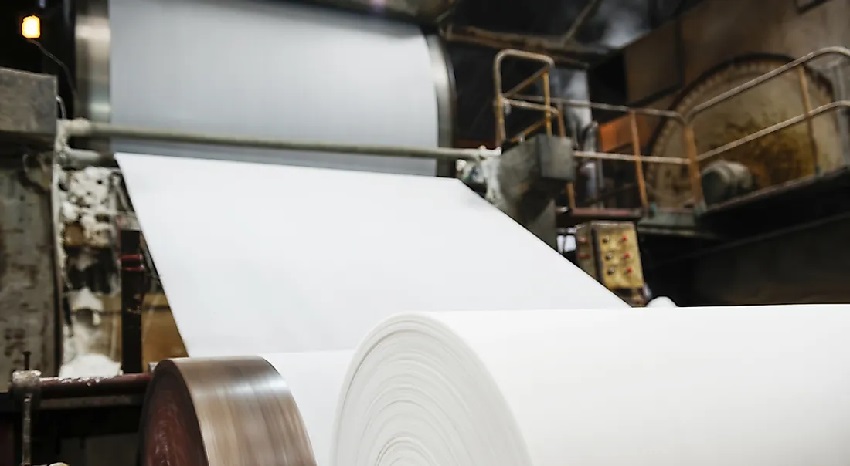Pulp and paper is a manufacturing process where the pulp is turned into paper. The mechanical pulping process, widely used in the production of paper, converts trees or wood into a fibrous mass by pushing them against a rotating drum covered with grinding heads. Fibrous materials are pulped in water and bleached to various degrees to produce vegetable fibers that may be used as newspaper stock and newsprint. Asia pulp and paper is a quickly growing market in all parts of the world. The pulp and paper industry is one of the most important industries worldwide, yet it is also one of the least known.
Benefits of Asia Pulp and Paper
1. Asia pulp and paper has a modern, confident and self-assured attitude.
This is due to the fact that the rapid growth of Asia pulp and paper is a result of technology, which has developed in accordance with Western knowledge.
2. Asia pulp and paper is not only a great business opportunity for new entrants but also offers a good investment opportunity for experienced companies.
The demand for paper products around the world is increasing at an incredible rate, especially in developing countries where the volume of transactions is soaring. The paper-producing countries are all increasing their output rapidly, which increases the value of raw materials needed for manufacture and leads to increased demands on production equipment.
3. The market for pulp and paper is still growing with the rapid development of its raw materials. Asia pulp and paper has increased its share of world exports due to the current increase in production volume, but it has yet to reach a high-volume market share.
4. The growth of pulp and paper markets can be seen in the areas of packaging, wrapping materials, industrial papers, newsprint, writing, and printing papers.
Paper manufacturers are constantly coming up with new kinds of packaging that are attractive to users; this improves their brand value. Packaging helps to promote products because it is related to the target customers’ quality perception of goods. It is easy to apply different printing methods and printing technology to the design of paper so as to differentiate themselves from competitors with their own products.
5. Pulp and paper is not just an industrial product. It will become a division of all kinds of businesses, including those that are related to daily life and many other areas.
6. With the rapid development of pulp and paper markets, the development of its raw materials will progress at a rapid rate, which will be beneficial for consumers as well as for the entire industry itself.
History of Pulp and Paper
Pulp and paper originated in Asia, where it has a long history. The earliest evidence of the use of paper came to light in the archaeological discovery of bronze implements at Samarkand, dating from about 75 BC.
Pulp and paper first appeared in Japan during the seventh century AD. The Japanese had discovered the art of papermaking more than 1,000 years before it was introduced into Europe, where it was believed to have come from China.
Paper’s early days were very difficult in Japan. Papermakers were constantly threatened by the powerful traditional silk producers who would do anything they could to keep their hold on power.

